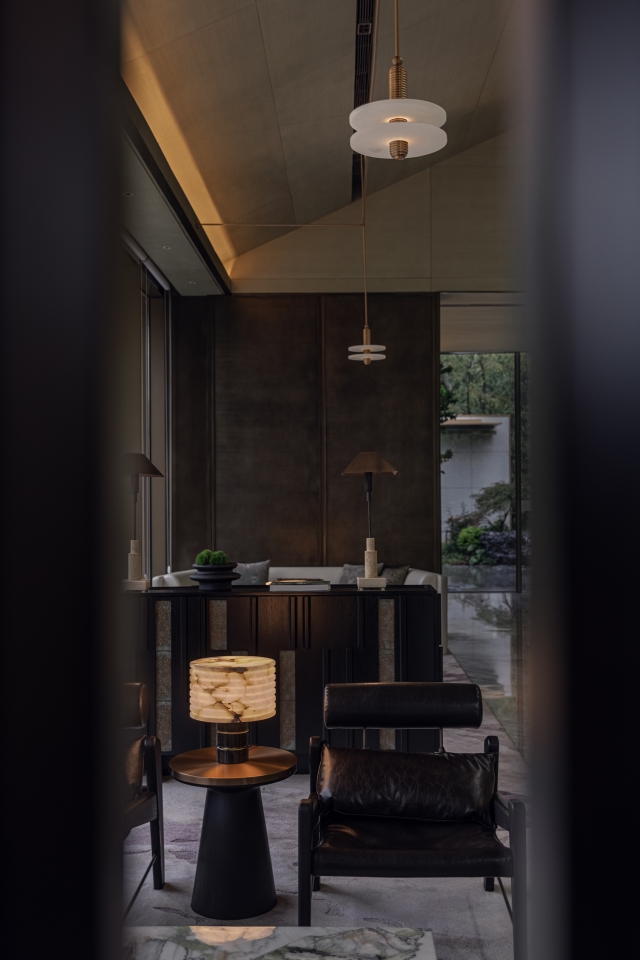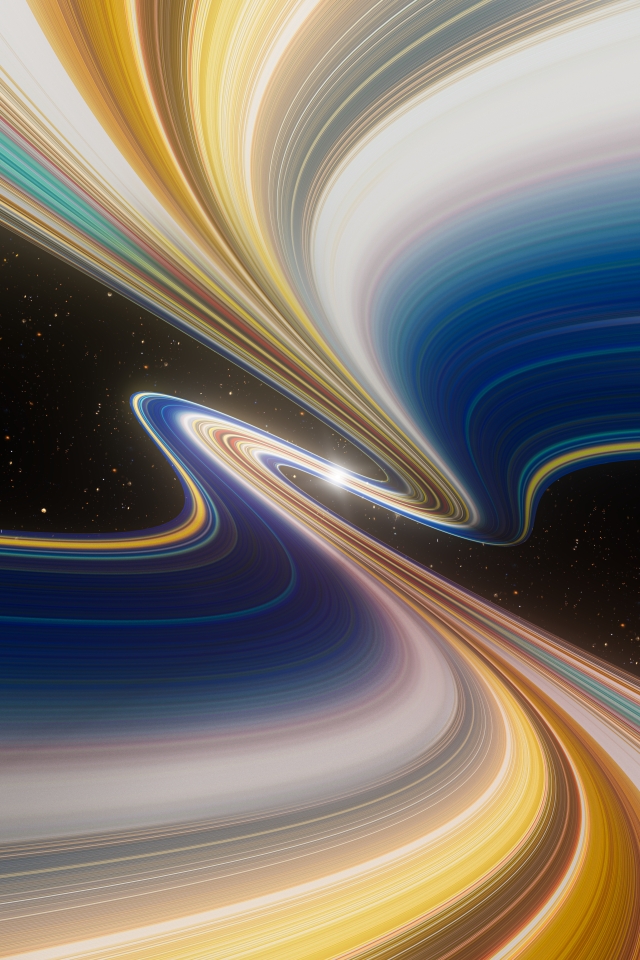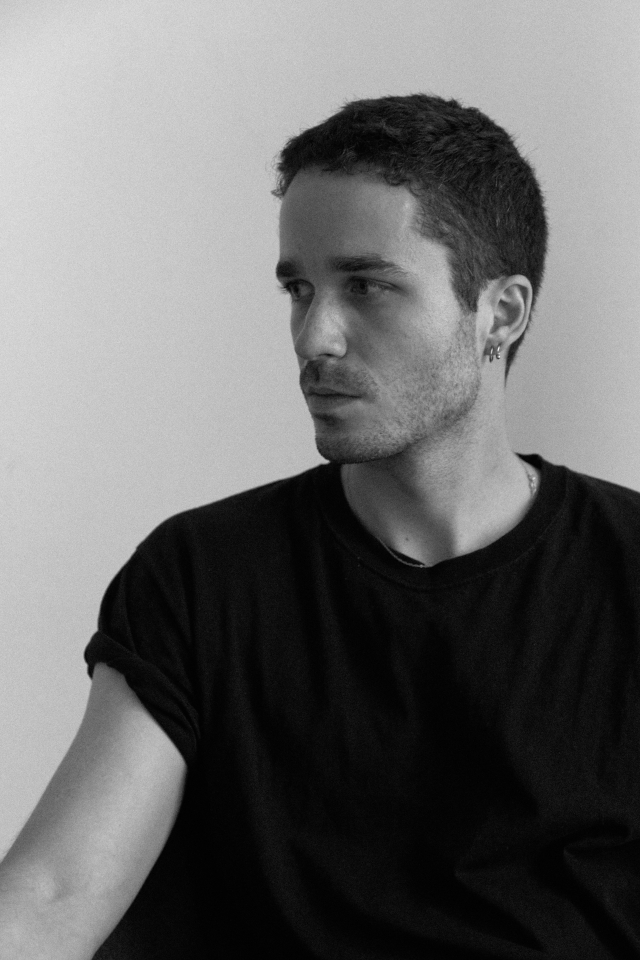The city is a kaleidoscope of brilliance and variety, and those who love living life to the fullest are often fascinated by this enigma of personality that never repeats. Through the lens of Swedish photographer, Marcus Cederberg, there’s a separate universe created from the scenes of daily life and urban architecture he creates, with his strikingly minimalistic approach and pure lines. His mantra is showcasing the effect of less is more, and the art of the negative space to tell evocative stories. His work knows no bounds, unlimited by culture nor religion and always saturated with sharp, contrasting colours and thought-provoking compositions. This has opened the curiosity of viewers from all over the world, and his work has been exhibited in New York, Germany, India and Hong Kong. Marcus joins us for a tete-a-tete on his process and inspirations.
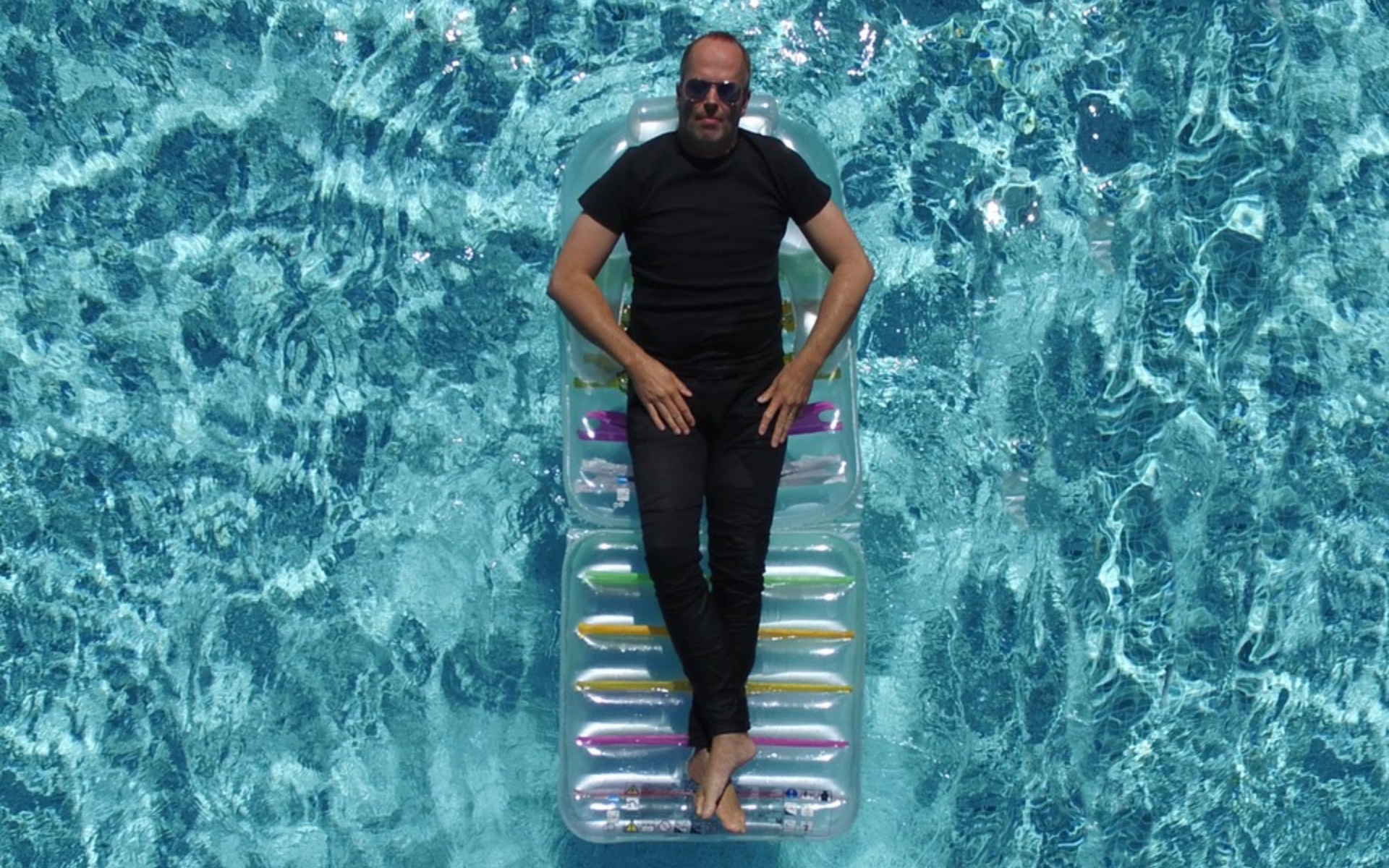
Can you briefly introduce your background and how you became a photographer?
I grew up in a family where photography was a part of our life - my father was a journalist and photographer. When the smartphone came and it was possible to always carry around a camera, my interest in photography kicked off. It was pure coincidence that I became a minimalist photographer, even though I have always appreciated simplicity and clean environments. I posted a picture on Instagram back in 2014 of a pair of swim googles hanging on a hook on a wall and was surprised over the appreciation it received. That’s where it all started….
What emotions and ideas will appear in your mind when creating?
When shooting I always try to think, what can I get out of the frame, instead of trying to put as much as possible into the frame. I am always looking for simplicity and if it comes with a twist, perfect!
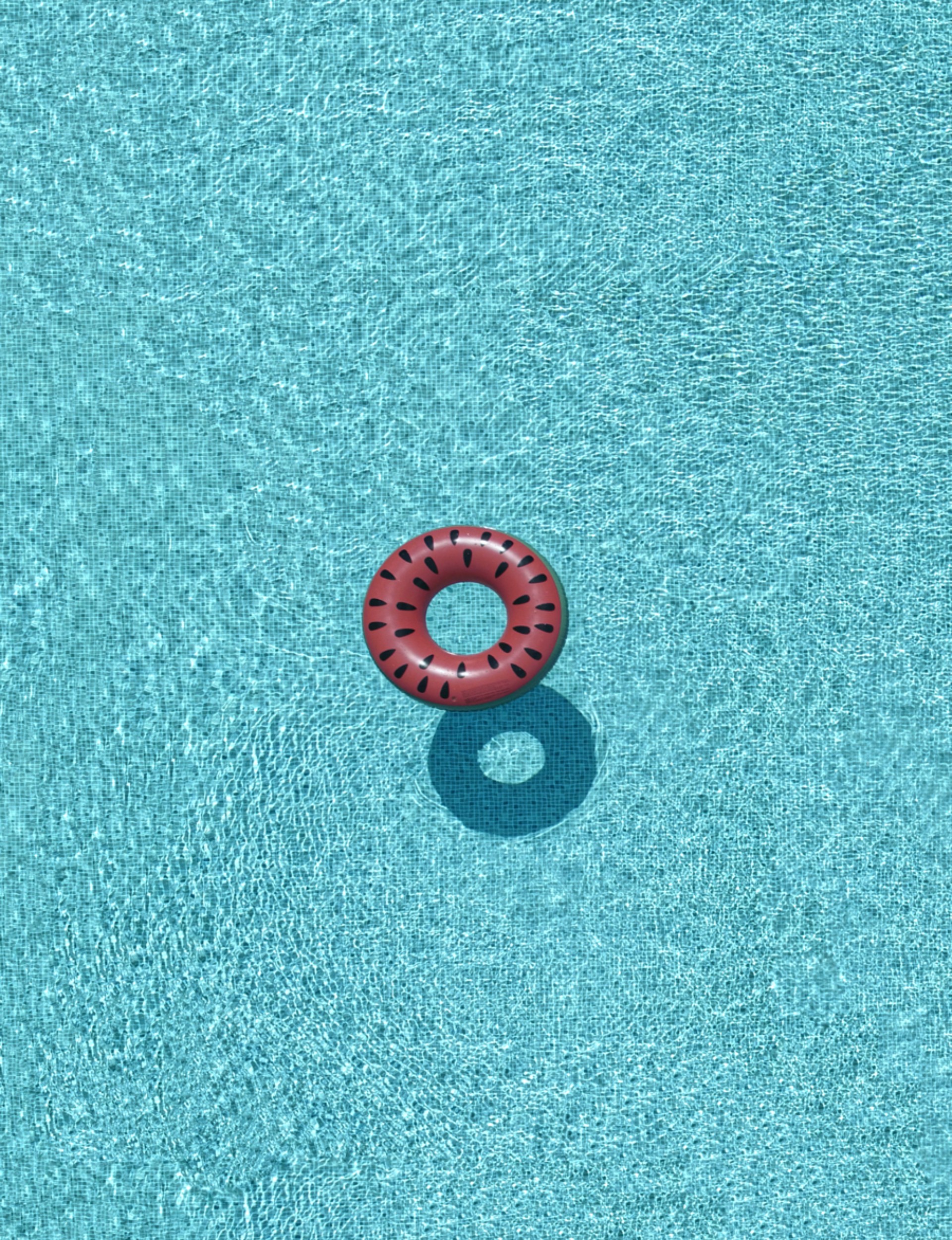
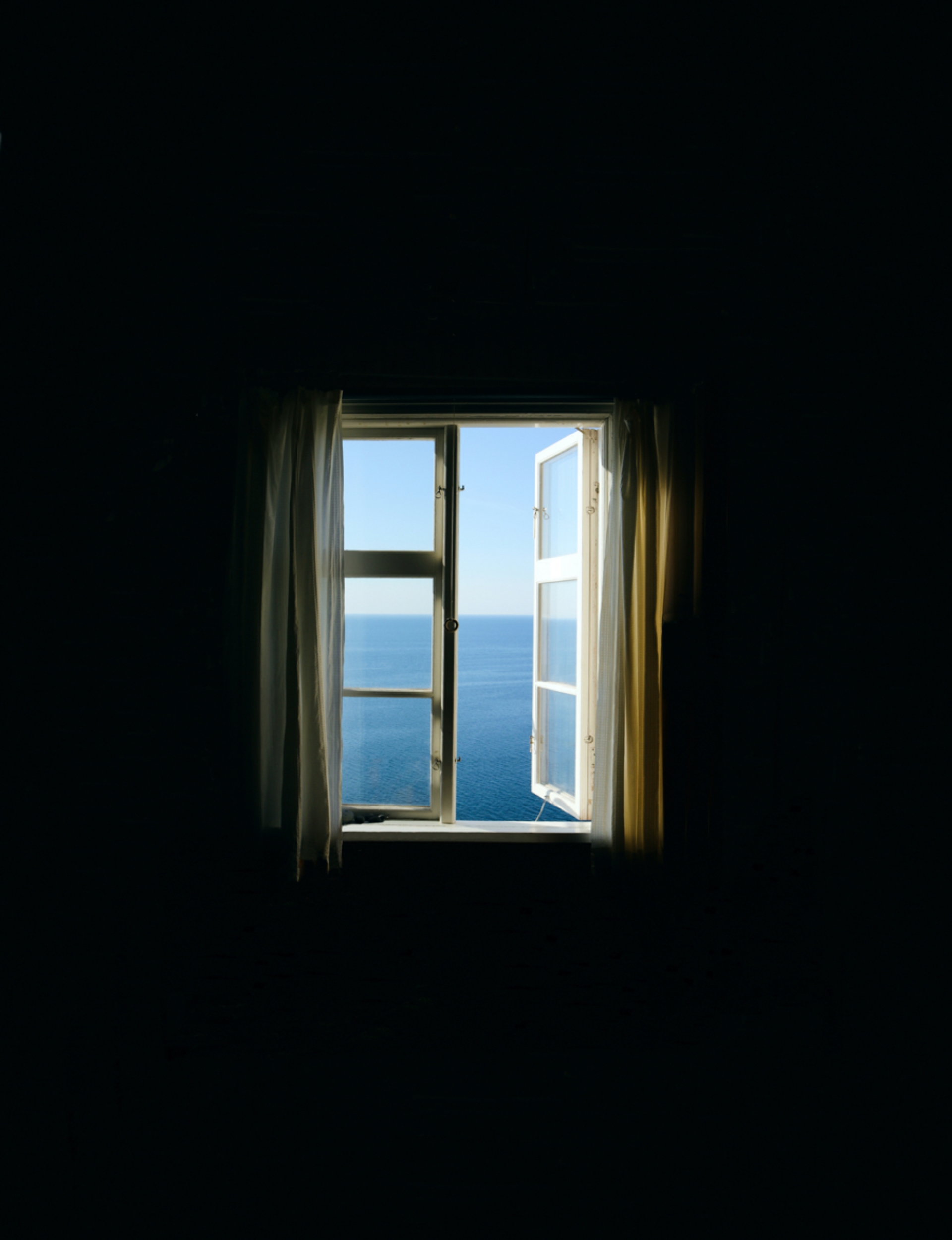
Could you briefly divide and introduce us to your photography series (architectural, personal objects, people, etc)? How did these develop?
Interesting question! I have always loved architecture so that has been and probably will always be like a red thread when it comes to my work, even though I have also applied the minimalistic perspective on many other motifs. Maybe because it would be somewhat boring, both for me and the viewer of my art, if I had only stuck to architecture. I also have a weakness for sky pictures (planes, pieces of art, architecture..) - the sky is a perfect template for negative space, which is a crucial element of minimalism photography.
How much manipulation/post-processing do you incorporate into your photography?
It varies a lot. Some of my works are more or less straight out of the camera roll and some of them are heavily edited. Often when I have taken the original picture, I have the final picture in my mind and that helps me to both identify presumptive motifs and also to get a grasp over the amount of editing necessary to get the final result.
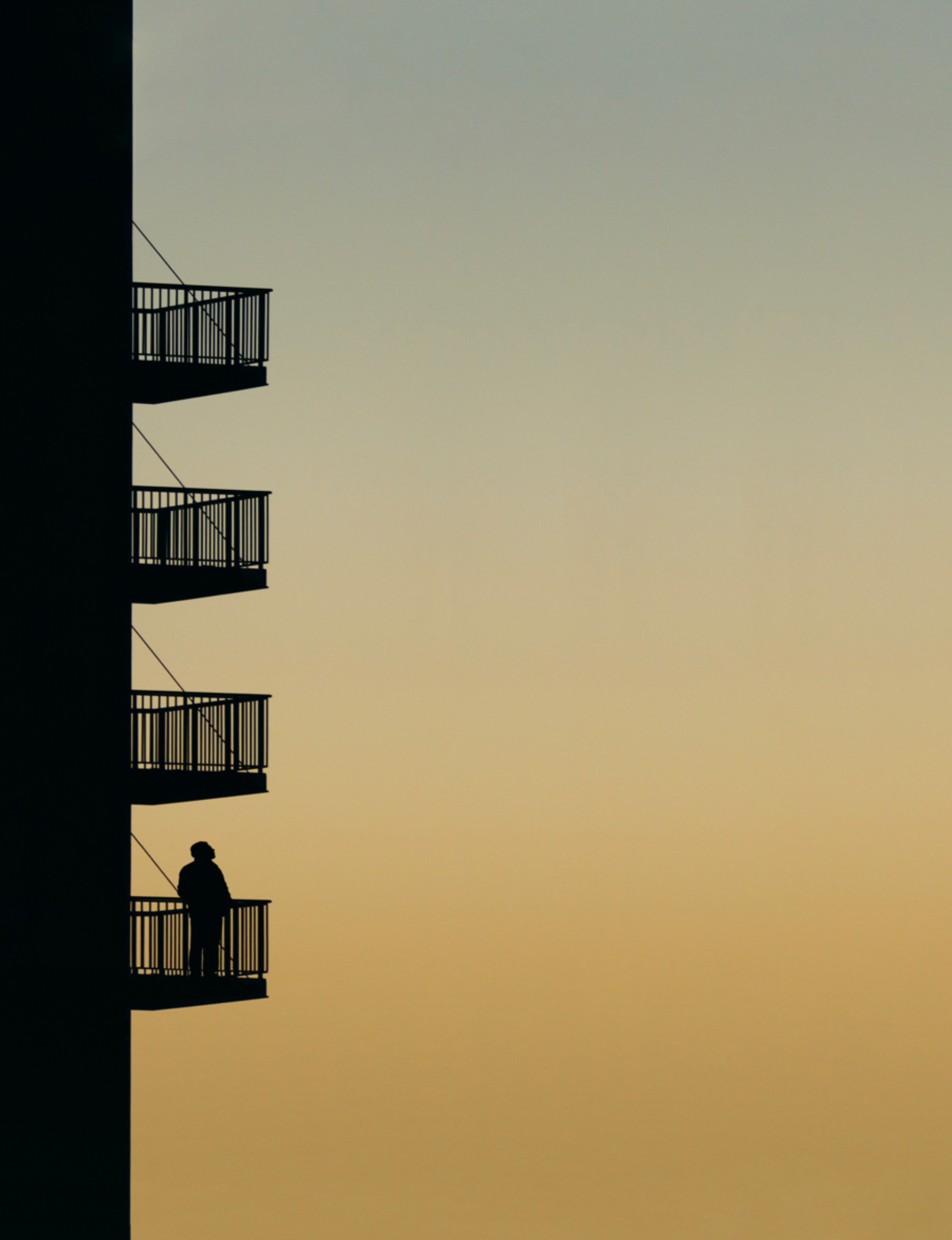
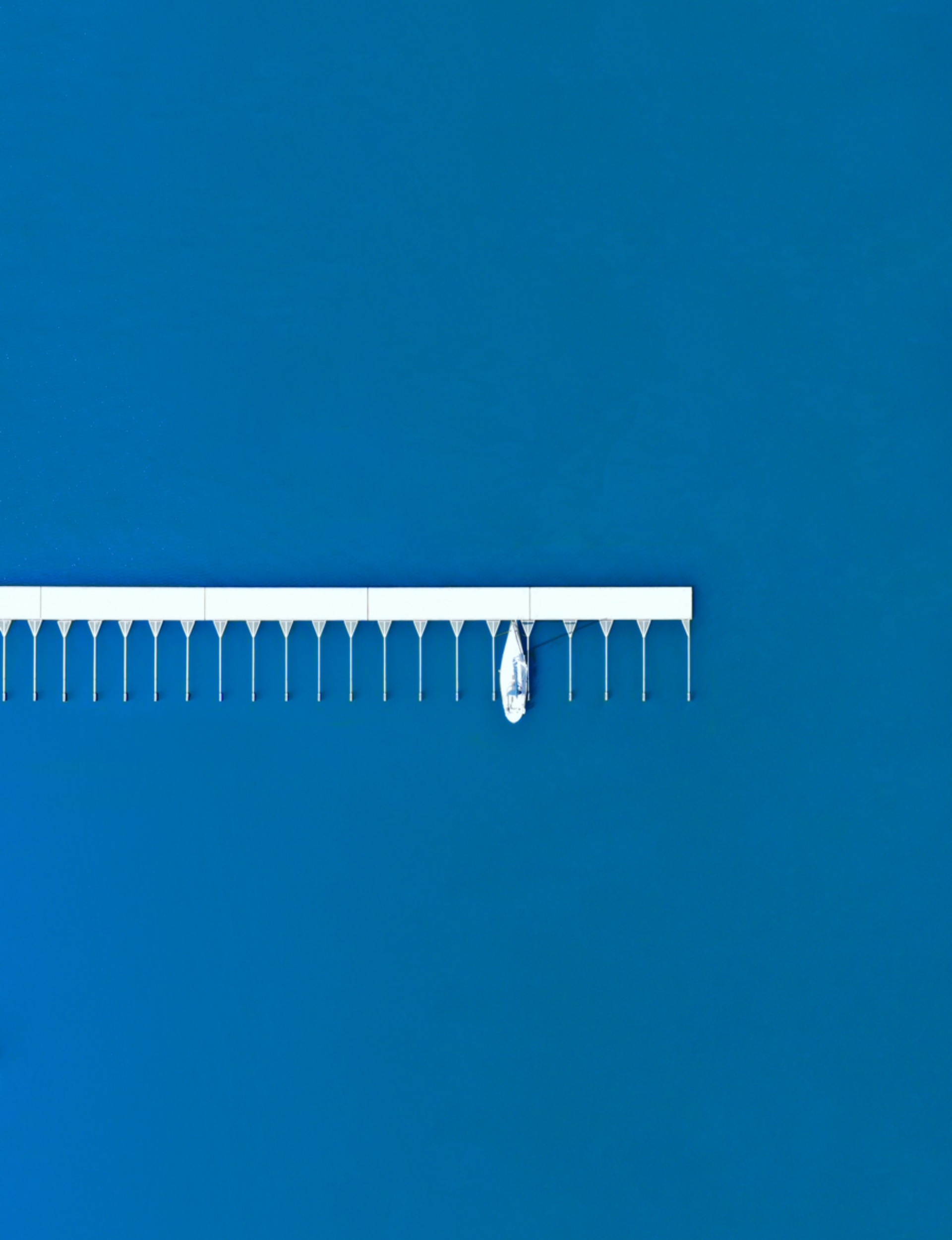
What are some of your favourite shooting locations?
The Mediterranean is a great place for minimal photography when it comes to the walls, skies, colours, shadows and negative space. Dubai is another favourite place when it comes to architecture and unique environments.
How do you approach the location/subject once you arrive on site?
It’s a mix of either pure coincidence or planning. Sometimes the motifs just appear in front of me (yes the radar is always on) or as a result of a plan, and if so I have scouted the motif beforehand and detected how the sun affects the shadows so I know what time of the day that perfect shadow will appear.
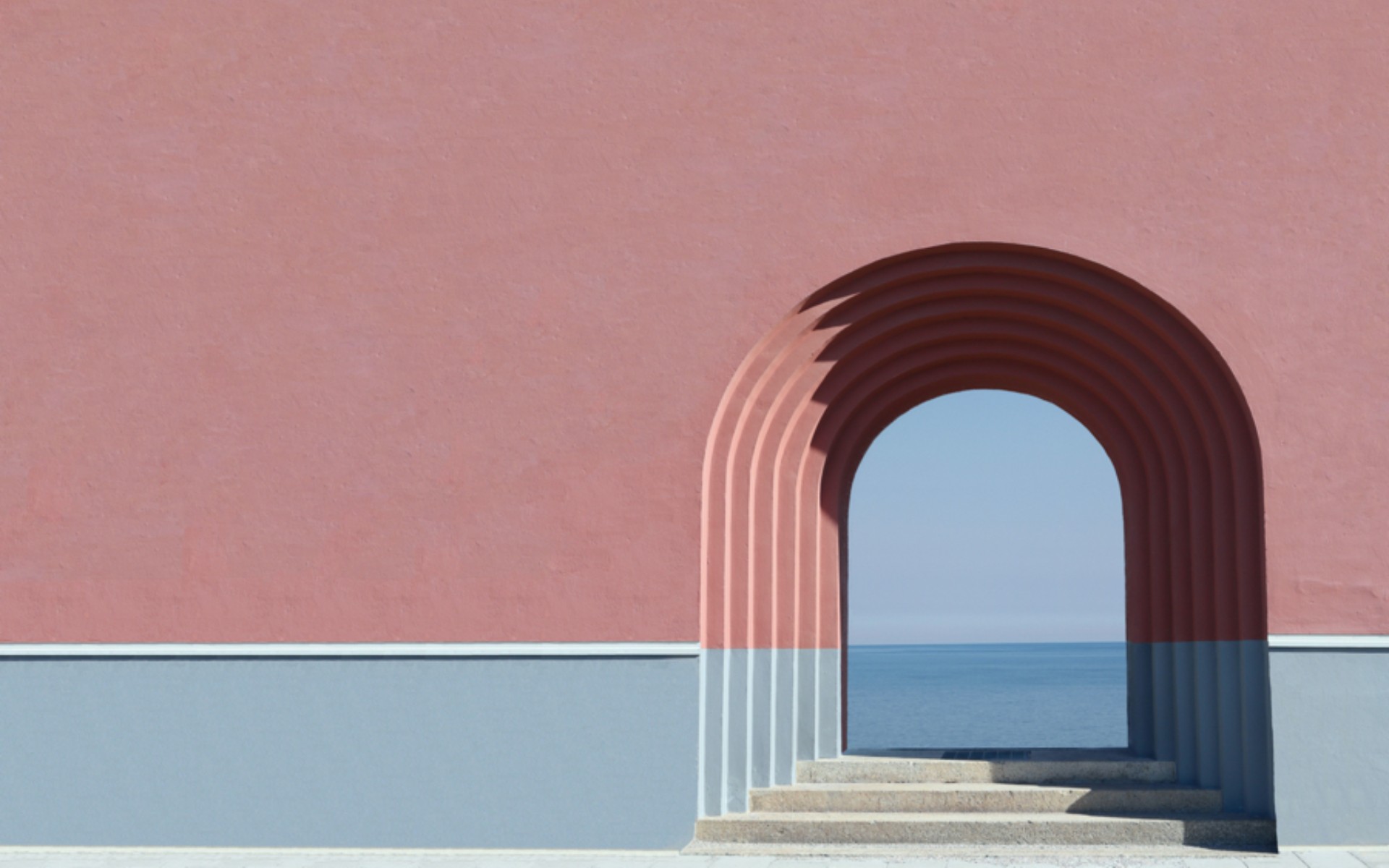
What would you like to convey through your works?
I just want to show the viewer my perspective and maybe, since we all are living in time of constant input, try to bring some calmness and a need of a slower pace to the table.
Since joining Instagram in 2014, what challenges have you encountered?
The biggest challenge without a doubt is to maintain the fun – it must be enjoyable building a brand on social media otherwise I wouldn’t do it. To keep the positive perspective despite the algorithm changes on.





